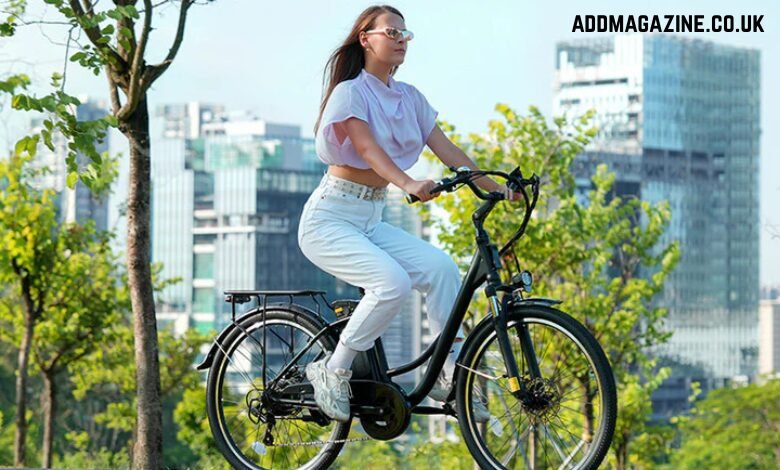Have you ever opened a website on your laptop, loved how it looked, and then switched to your phone only to find everything looks wrong? Buttons are too small, text is cut off, or images spill over the screen. This issue is caused by designs that are too “pixel-dependent.” In simple terms, websites and apps that depend on pixel measurements for their layout can break when viewed on different devices or screen sizes. Enter pxless—a modern approach to responsive design that addresses this very problem. In this article, we will explore the definition of pxless, why it is important in modern web design, and how it is changing the way we think about responsiveness across devices.
1. What is Pxless?
The term pxless comes from two key words: “px” and “less.” Px stands for pixels, the basic unit of measurement in digital screens that represent the smallest part of a digital image or display. When web designers use px, they are essentially fixing the layout in terms of pixels, meaning that elements like buttons, text, and images are sized exactly in pixel units, regardless of the size or resolution of the screen on which they appear. This approach leads to designs that can look perfect on one screen but break or look poorly formatted on others.
Less refers to moving away from this fixed pixel dependency, creating a design that is flexible and responsive. This approach allows elements to scale and adjust based on the screen’s size, making the design more adaptable across different devices such as desktops, tablets, and mobile phones.
In essence, pxless means a design that doesn’t rely on fixed pixel values but instead adapts fluidly to the size of the screen, making it a key feature of modern, responsive web design.
2. Why Is Pxless Important?
2.1. The Rise of Responsive Design
The advent of responsive design has reshaped how websites are created. With users accessing the web on an ever-increasing range of devices with various screen sizes, it’s become critical to design websites that adapt seamlessly to these different screens. The rise of mobile browsing has been a driving force in this shift. Websites that once looked great on desktop screens could end up looking broken or unorganized on mobile devices if they were too dependent on pixel measurements. This is where pxless design steps in.
2.2. Flexibility and Adaptability
The major advantage of pxless is that it ensures websites and applications are flexible. Fixed pixel-based layouts can result in poor user experiences on smaller screens, like smartphones or tablets, where content can overflow or be cut off. By using relative units of measurement, such as percentages, ems, or rems, pxless design ensures that the content scales properly to any screen size.
For instance, rather than setting a button’s width to 200px, pxless design might use relative units like percentages or ems to make sure the button resizes in relation to the screen size or parent container. This ensures that no matter what device the user is on, the website will look great.
2.3. Focus on User Experience (UX)
Web designers are increasingly focusing on delivering seamless and consistent experiences across devices. By moving away from pixel-based layouts, pxless enables a more consistent experience regardless of the platform being used. Websites that are built with pxless principles in mind don’t just scale well—they also improve user interaction, making the site easier to navigate and use on any device.
3. How Pxless is Changing the Digital World
3.1. Eliminating the Need for Multiple Design Versions
In the past, web designers often created multiple versions of a website to ensure it looked good on different devices. For example, they might create one version for desktop screens and another for mobile devices. This can be both time-consuming and inefficient. However, with pxless design, a single design can automatically adjust and fit the screen size of any device. The need for separate mobile and desktop versions decreases significantly, saving both time and resources in the design and development process.
3.2. Improved Website Performance
Fixed pixel-based designs often require more resources to render the website, particularly when it comes to scaling content for different screen sizes. With pxless designs, since elements adjust dynamically, the load on resources can be minimized, which in turn improves the speed and performance of the site. This is especially important for mobile users, where slower loading times can negatively affect user engagement and conversion rates.
3.3. Better Support for High-DPI Displays
In recent years, the rise of high-DPI (dots per inch) displays, such as Retina screens from Apple, has further highlighted the limitations of pixel-based design. On these screens, fixed pixel designs can appear blurry or pixelated, as the higher pixel density demands more precision. Pxless design, with its flexible approach, is able to adjust the display to these higher resolution screens, ensuring a crisp and clear visual experience on all devices.
3.4. Alignment with Modern Design Principles
The shift to pxless also aligns with other modern design principles like minimalism and flat design, which prioritize simplicity and functionality over complexity. Pixel-dependent designs can sometimes lead to cluttered and rigid layouts, while pxless design encourages clean, simple, and scalable interfaces that can adapt to the needs of users across devices.
4. How to Apply Pxless in Web Design
4.1. Use Relative Units
One of the core principles of pxless design is the use of relative units instead of fixed pixels. This allows elements to resize fluidly depending on the size of the viewport. Some common relative units used in pxless designs are:
- Percentage (%): This unit allows elements to scale in relation to their parent container. For instance, setting a div to 50% width will make it take up half the width of the container, regardless of the screen size.
- EM and REM: These units are relative to the font size of the element or the root element (for REM). This makes them particularly useful for text and typography, ensuring that fonts remain proportional and readable across devices.
- Viewport Width (vw) and Viewport Height (vh): These units are relative to the size of the viewport (the visible part of the browser). For example, setting an element to 50vw will make it take up 50% of the viewport width, which ensures it scales well on different devices.
4.2. Flexbox and CSS Grid
CSS Flexbox and Grid are powerful tools that can help implement pxless design effectively. They provide flexible layout structures that automatically adjust elements based on the screen size.
- Flexbox is particularly useful for creating fluid layouts where items within a container can adjust in size or reorder depending on the available space.
- CSS Grid provides a two-dimensional grid system, making it ideal for more complex layouts. It allows items to span multiple columns or rows, ensuring that the layout adjusts neatly on various screen sizes.
4.3. Media Queries
Although pxless design focuses on flexibility and relative units, media queries still play an important role in fine-tuning designs for different devices. Media queries allow designers to apply different styles based on the characteristics of the viewport, such as its width, height, or orientation.
For example, a media query can be used to change font sizes, hide certain elements, or rearrange the layout based on the screen size. This adds an extra layer of responsiveness to the design, ensuring the best possible user experience across devices.
5. Practical Examples of Pxless Design
Let’s take a look at some practical examples of how pxless principles can be applied:
- Typography: Instead of setting a fixed font size in pixels (e.g., 16px), you can use rem or em to set the font size in relation to the root or parent element. This allows the text to scale proportionally when the user zooms in or out or views the site on different devices.
- Images: To prevent images from overflowing or being too small on different screens, use max-width: 100% in CSS. This ensures that images scale to fit within their container while maintaining their aspect ratio.
- Buttons: Instead of defining button widths in fixed pixels, set the button’s width using % or em units. This allows the button to resize based on the content inside it and the screen size.
6. Conclusion
Pxless design is an essential concept in modern web development, focusing on flexibility and adaptability across devices. By moving away from pixel-based layouts and embracing relative units, responsive design, and fluid grid systems, pxless enables a seamless and consistent user experience on any device, from desktops to smartphones. As the web continues to evolve, adopting pxless principles will be crucial for creating websites that are not only beautiful but also functional and user-friendly.
For designers and developers looking to stay ahead of the curve, understanding and implementing pxless design is a key step in creating future-proof websites that work well on any screen size or device.



